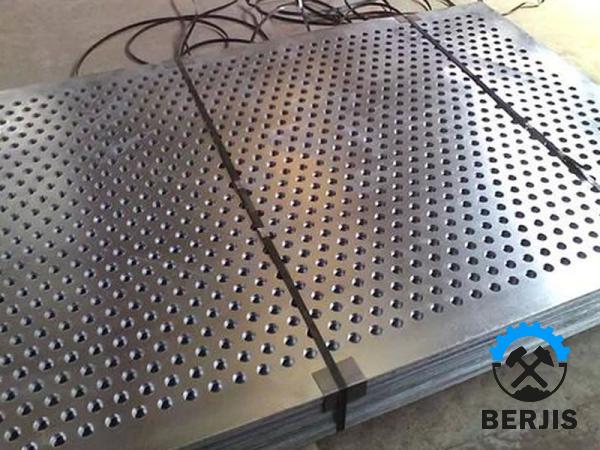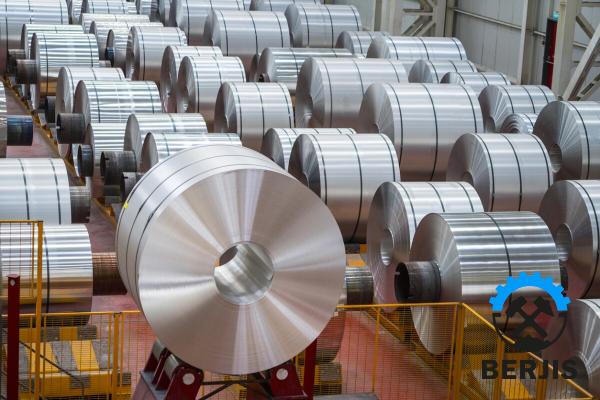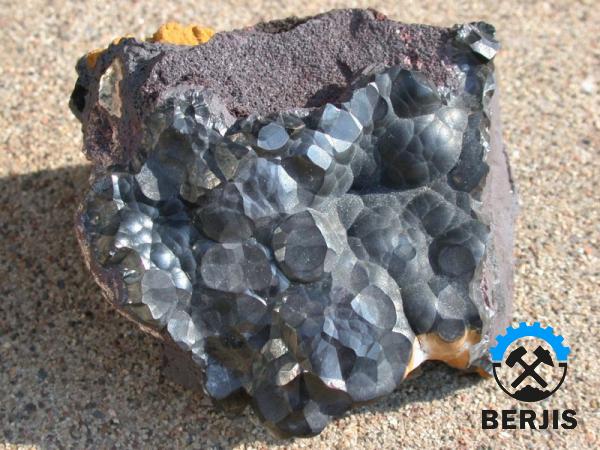When it comes to the manufacturing industry and construction projects, choosing the right type of steel is crucial. Two common options are cold rolled steel and stainless steel. While both offer their own set of advantages and applications, understanding the differences between the two is essential for making an informed decision. In this article, we will compare cold rolled steel and stainless steel, outlining their characteristics, benefits, and best use cases. 1. Understanding Cold Rolled Steel: Cold rolled steel is a low-carbon steel that has undergone a cold rolling process, which involves passing the steel through rollers at a controlled temperature. This rolling process reduces the thickness and creates a smoother surface finish. Cold rolled steel offers various advantages, including increased strength, improved surface quality, and dimensional accuracy. It is commonly used in automotive manufacturing, appliances, and furniture production.
.
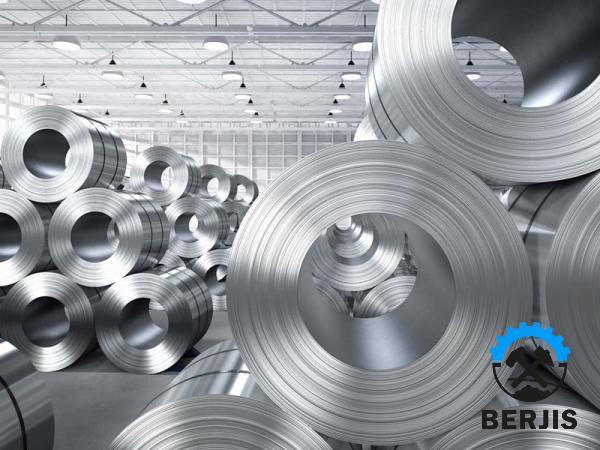 Due to its cost-effectiveness and versatility, cold rolled steel is widely preferred in industries that require high-quality, durable materials. 2. The Benefits of Stainless Steel: Stainless steel, on the other hand, is a corrosion-resistant alloy that contains at least 10.5% chromium. This composition provides stainless steel with exceptional resistance to rust, stains, and corrosion, making it ideal for applications where hygiene and durability are essential. Stainless steel also possesses excellent strength, heat resistance, and aesthetic appeal. It finds extensive use in food processing, medical equipment, construction projects, and kitchen appliances. Additionally, stainless steel offers superior longevity, low maintenance requirements, and a high-quality finish. 3. Comparing Strength and Durability: Both cold rolled steel and stainless steel offer admirable levels of strength and durability. Cold rolled steel is known for its high tensile strength, making it ideal for applications where structural integrity is paramount.
Due to its cost-effectiveness and versatility, cold rolled steel is widely preferred in industries that require high-quality, durable materials. 2. The Benefits of Stainless Steel: Stainless steel, on the other hand, is a corrosion-resistant alloy that contains at least 10.5% chromium. This composition provides stainless steel with exceptional resistance to rust, stains, and corrosion, making it ideal for applications where hygiene and durability are essential. Stainless steel also possesses excellent strength, heat resistance, and aesthetic appeal. It finds extensive use in food processing, medical equipment, construction projects, and kitchen appliances. Additionally, stainless steel offers superior longevity, low maintenance requirements, and a high-quality finish. 3. Comparing Strength and Durability: Both cold rolled steel and stainless steel offer admirable levels of strength and durability. Cold rolled steel is known for its high tensile strength, making it ideal for applications where structural integrity is paramount.
..
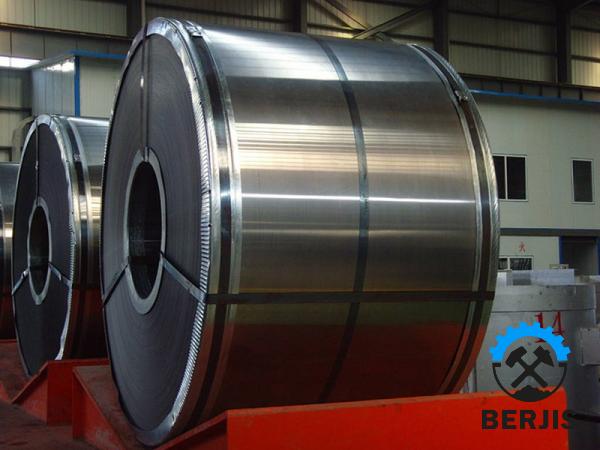 Stainless steel, on the other hand, excels in resisting corrosion, making it well-suited for environments prone to moisture and chemicals. Stainless steel’s resistance to rust and staining makes it an excellent choice for outdoor structures or items regularly exposed to harsh weather conditions. 4. Surface Finish: Another notable difference between these two types of steel lies in their surface finishes. Cold rolled steel typically has a smoother and more polished surface, making it suitable for applications that require a sleek appearance or uniformity. Stainless steel, however, can be finished in various ways, including brushed, satin, or mirror finishes, granting it a visually appealing appearance that is sought after in architectural and decorative applications. 5. Cost Considerations: The cost factor is often a critical aspect for businesses when selecting between cold rolled steel and stainless steel. Generally, cold rolled steel is more cost-effective due to its simpler production process and lower material cost. Stainless steel, on the other hand, is pricier due to its alloy composition and resistance to corrosion.
Stainless steel, on the other hand, excels in resisting corrosion, making it well-suited for environments prone to moisture and chemicals. Stainless steel’s resistance to rust and staining makes it an excellent choice for outdoor structures or items regularly exposed to harsh weather conditions. 4. Surface Finish: Another notable difference between these two types of steel lies in their surface finishes. Cold rolled steel typically has a smoother and more polished surface, making it suitable for applications that require a sleek appearance or uniformity. Stainless steel, however, can be finished in various ways, including brushed, satin, or mirror finishes, granting it a visually appealing appearance that is sought after in architectural and decorative applications. 5. Cost Considerations: The cost factor is often a critical aspect for businesses when selecting between cold rolled steel and stainless steel. Generally, cold rolled steel is more cost-effective due to its simpler production process and lower material cost. Stainless steel, on the other hand, is pricier due to its alloy composition and resistance to corrosion.
…
 It is crucial to balance your project’s overall budget and requirements when deciding between the two. Conclusion: While cold rolled steel and stainless steel share some similarities, they cater to different requirements and applications. Cold rolled steel’s strength, affordability, and versatility make it a preferred choice for many industries. Conversely, stainless steel’s corrosion resistance, aesthetics, and longevity offer advantages in applications where hygiene and durability are paramount. To make an informed decision, evaluate the specific needs of your project, considering factors such as strength, corrosion resistance, surface finish, and budget. This will enable you to choose the type of steel that best suits your business needs, ensuring long-term success.
It is crucial to balance your project’s overall budget and requirements when deciding between the two. Conclusion: While cold rolled steel and stainless steel share some similarities, they cater to different requirements and applications. Cold rolled steel’s strength, affordability, and versatility make it a preferred choice for many industries. Conversely, stainless steel’s corrosion resistance, aesthetics, and longevity offer advantages in applications where hygiene and durability are paramount. To make an informed decision, evaluate the specific needs of your project, considering factors such as strength, corrosion resistance, surface finish, and budget. This will enable you to choose the type of steel that best suits your business needs, ensuring long-term success.

